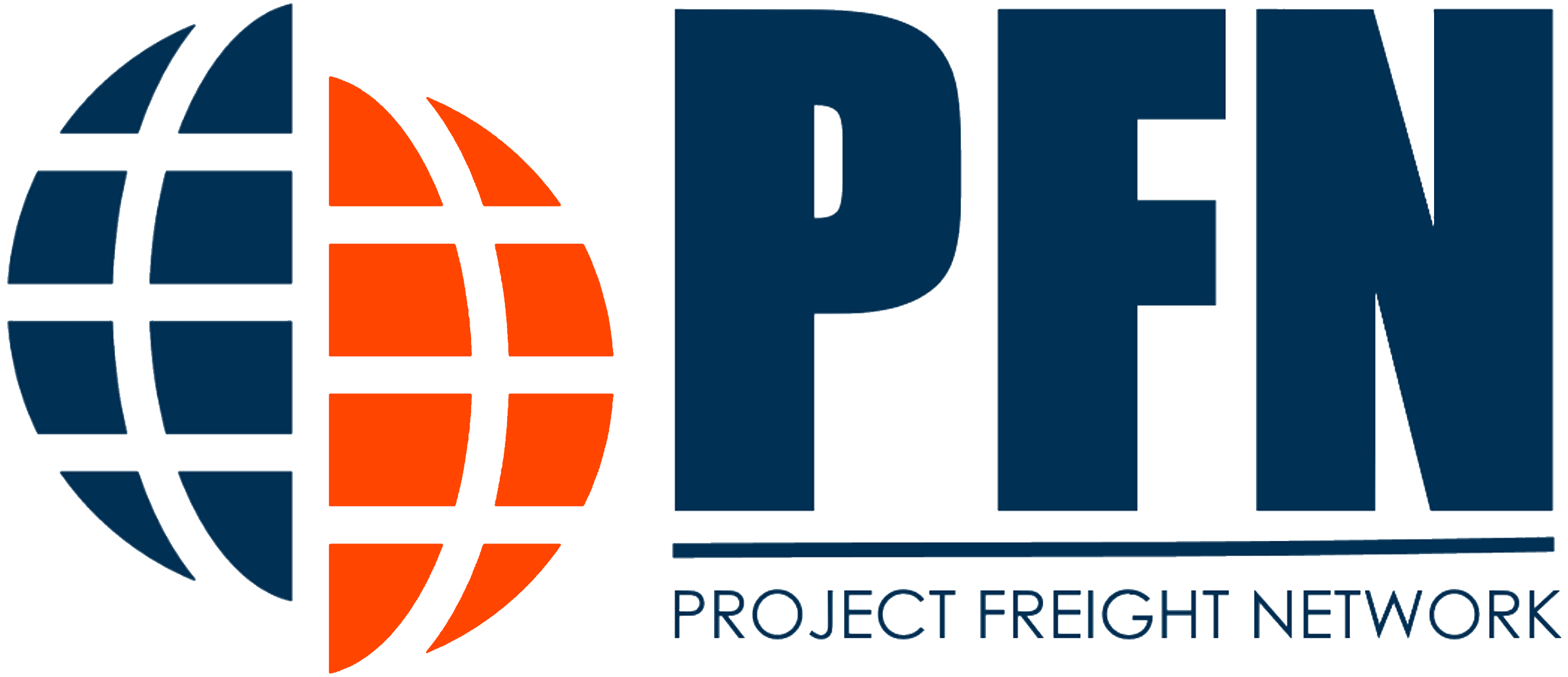CDR Ernest Allen “Al” Parkin’s Vision Transforms Project Logistics Management
In 1992, retired US Navy Commander Ernest Allen “Al” Parkin, a distinguished veteran with 25 years of decorated service, established HAL, Inc. with a clear mission: to address the unique needs of project logistics and supply chain management for large-scale energy and capital projects. Parkin’s extensive experience, spanning roles from Systems Integrator to Senior Logistics Systems Architect, laid the foundation for HAL, Inc.’s groundbreaking logistics software, Conception to Consumption (C2C), which rapidly became a gold standard in project logistics.
With a meticulous focus on end-to-end visibility and intricate materials management, HAL’s C2C solutions cater to complex, high-stakes industries that demand precise coordination, from the oil and gas sector to automotive, retail, and beyond. HAL’s legacy is characterized by a commitment to continuous technological advancement and adapting to evolving industry requirements
HAL’s Success: A Tailored Solution for Project Cargo and Logistics
HAL, Inc. quickly achieved industry-wide recognition as C2C became an essential tool for logistics providers around the world. Tailored specifically for project freight and materials management, the C2C software integrates deeply into client operations, allowing seamless coordination across every logistics phase. From initial item identification to final delivery, HAL’s software simplifies complex supply chains, which often require multi-layered packing, stringent material tracking, and detailed cross-referencing across vendors.
Thanks to its streamlined interface, C2C’s functionalities allow both small-scale export packers and leading global third-party logistics (3PL) companies to manage their materials flow efficiently. C2C’s suite of tools enhances visibility across all materials and shipment points, empowering users to track cargo from their warehouses to job sites around the globe, covering every aspect of the supply chain.
HAL, Inc.’s Suite of Tools: Visibility Across the Supply Chain
The C2C suite by HAL includes several key modules that set it apart:
- Vendor Portal: This portal engages suppliers from the beginning of the logistics chain, enabling them to upload necessary documents, label shipments, and log critical data, such as weight and dimensions. By digitizing these interactions, manufacturers can mitigate disputes over shipment conditions, ensuring smoother and quicker payments.
- Materials Management Suite (MMS): The core of the C2C network, the MMS, is widely used by 3PL providers to manage warehousing and material tracking. With MMS, logistics teams can oversee materials down to the line and sub-line item level, track over-packing, and establish controls to meet each customer’s needs.
- Shippers Portal: Designed for precise order management, the Shippers Portal offers shippers complete oversight of purchase orders, enabling direct interaction and real-time updates to optimize release times and shipment routes.
- Expediting Module: This module serves as a one-stop solution for tracking shipments in transit. Logistics professionals can easily prioritize shipments, drill down into purchase orders, and generate vendor-specific performance reports. With this tool, expeditors have visibility from vendor departure through to final delivery.
- C2C Mobile: Available on Android, this mobile app enables on-the-go management of materials, integrating barcode, RFID, and GPS tracking for real-time location updates. C2C Mobile allows for rapid inventory checks, mobile label printing, and integrated scale measurements—making it an essential tool for logistics managers overseeing dynamic and high-turnover storage areas.
A Solution for All Logistics Challenges: Industry-Specific Flexibility
HAL, Inc. has tailored the C2C platform to support a diverse array of industries, from energy and automotive to retail and transportation. Each industry’s unique requirements for material handling, shipment tracking, and inventory management are seamlessly integrated into C2C’s system, allowing users to manage shipments as diverse as oilfield resupply kits, automotive parts, or retail merchandise with ease.
For complex projects that demand critical chain-of-custody documentation and high visibility, the Job Site Portal simplifies the transfer of materials from suppliers and warehouses to field locations. By incorporating C2C’s Site Materials Management System, job sites effectively become controlled warehouse environments, where materials are scanned and tracked, allowing field teams to reference parts instantly, store items by container, and locate them down to the sub-component level.
Meeting Modern Supply Chain Needs Through Advanced SaaS Integration
HAL’s commitment to innovation is evident in the continual upgrades to its SaaS-based C2C suite. These updates are rolled out to adapt to new customer needs and keep up with industry trends. For companies with multinational operations, the C2C system offers flexible, multi-facility integration, allowing everything from warehouses and field locations to job sites to operate under a single, synchronized platform. C2C’s automated scale integration, RFID scanning, and customizable inspection processes enhance functionality for both local and global supply chains.
HAL, Inc. has also ensured that C2C integrates smoothly with major enterprise software systems like SAP and Oracle, as well as various customized logistics systems. This interoperability allows logistics teams to implement C2C without disrupting existing workflows and facilitates comprehensive visibility from a single platform.
C2C: Raising the Bar in Logistics Management
From its inception, HAL, Inc. has set the standard for logistics management in the project cargo and supply chain sectors. By delivering an advanced yet user-friendly system that integrates key logistics functions, C2C enables companies to manage every component of a project’s logistics needs, from vendor engagement to final job site delivery. This is a platform not only shaped by the vision of a Navy officer, but one that has evolved to meet the demands of a fast-paced, interconnected global industry.





